Membrane Transporter/Ion Channel
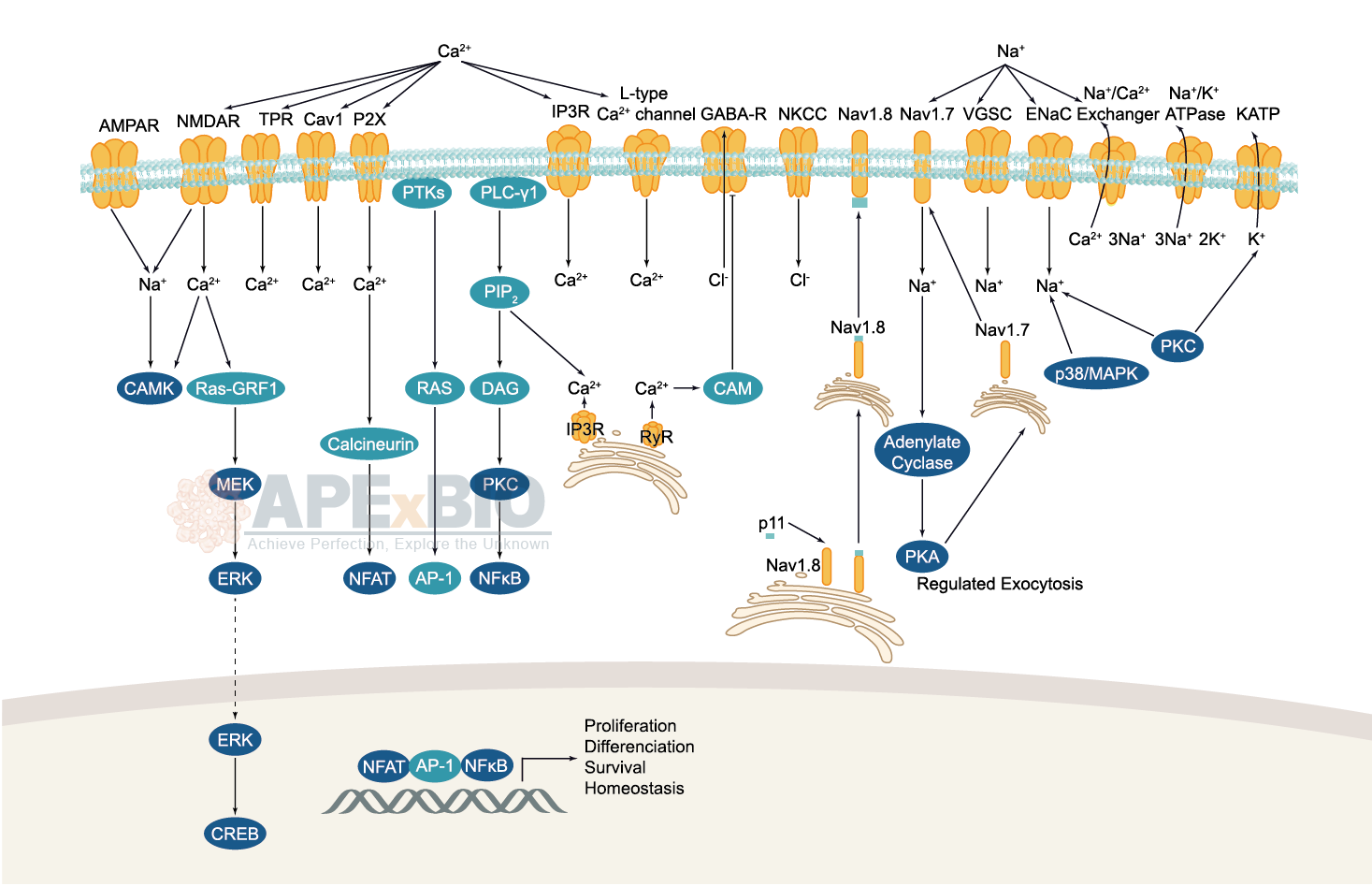
Ion channels are pore-forming membrane proteins which allow the flow of ions across the membrane. The ion channels can be broadly grouped into six families including calcium channels, chloride channels, potassium channels, sodium channels, gap junction proteins and porins. Not all ion channels are gated, such as certain type of K+ and Cl– channels, transient receptor potential superfamily of cation channels, the ryanodine receptors and the IP3 receptors, but most Na+, K+, Ca2+ and some Cl– channels are all gated by voltage. Ligand-gated channels are regulated in response to ligand binding (e.g. neurotransmitters signaling). These ligand-gated neurotransmitter receptors are known as ionotropic receptors. Various neurotransmitters couple to ionotropic receptors such as glutamate, acetylcholine, glycine, GABA, and serotonin.
-
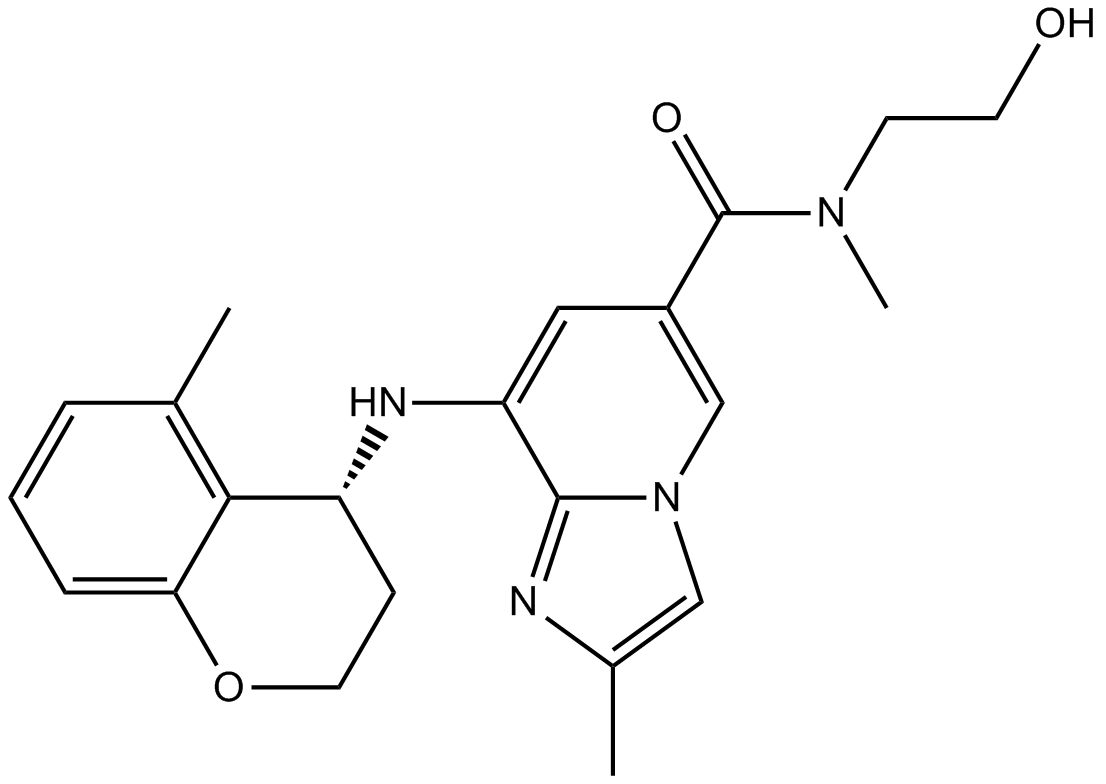 A3968 PF-03716556Summary: Acid pump antagonist,potent and selective
A3968 PF-03716556Summary: Acid pump antagonist,potent and selective -
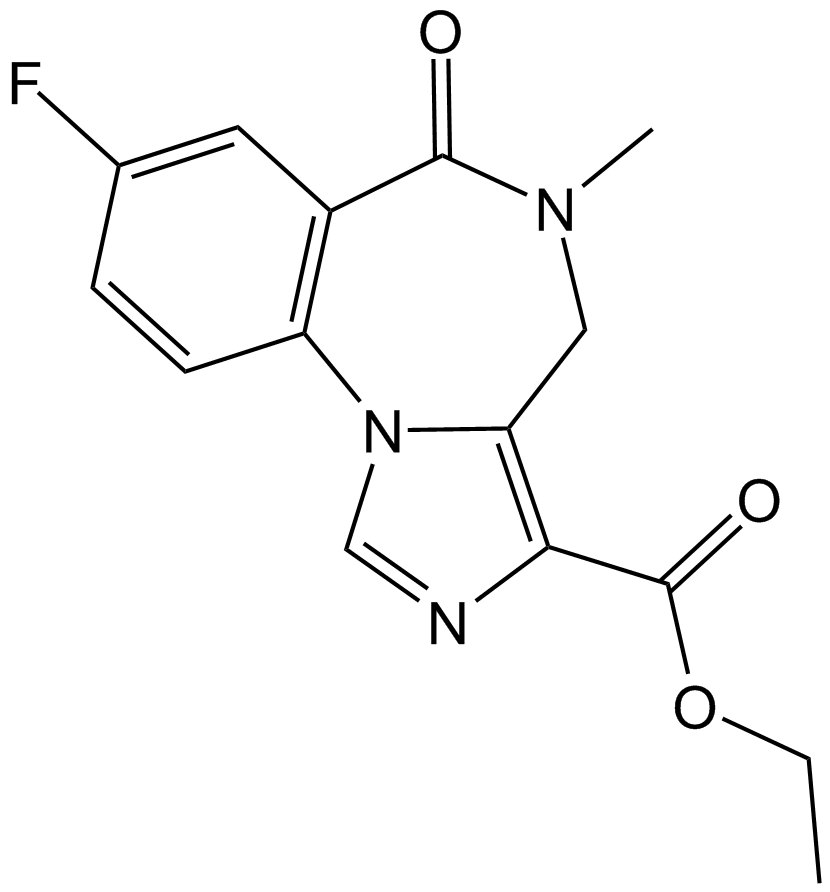 A2917 FlumazenilTarget: GABAA ReceptorsSummary: Benzodiazepine antagonist
A2917 FlumazenilTarget: GABAA ReceptorsSummary: Benzodiazepine antagonist -
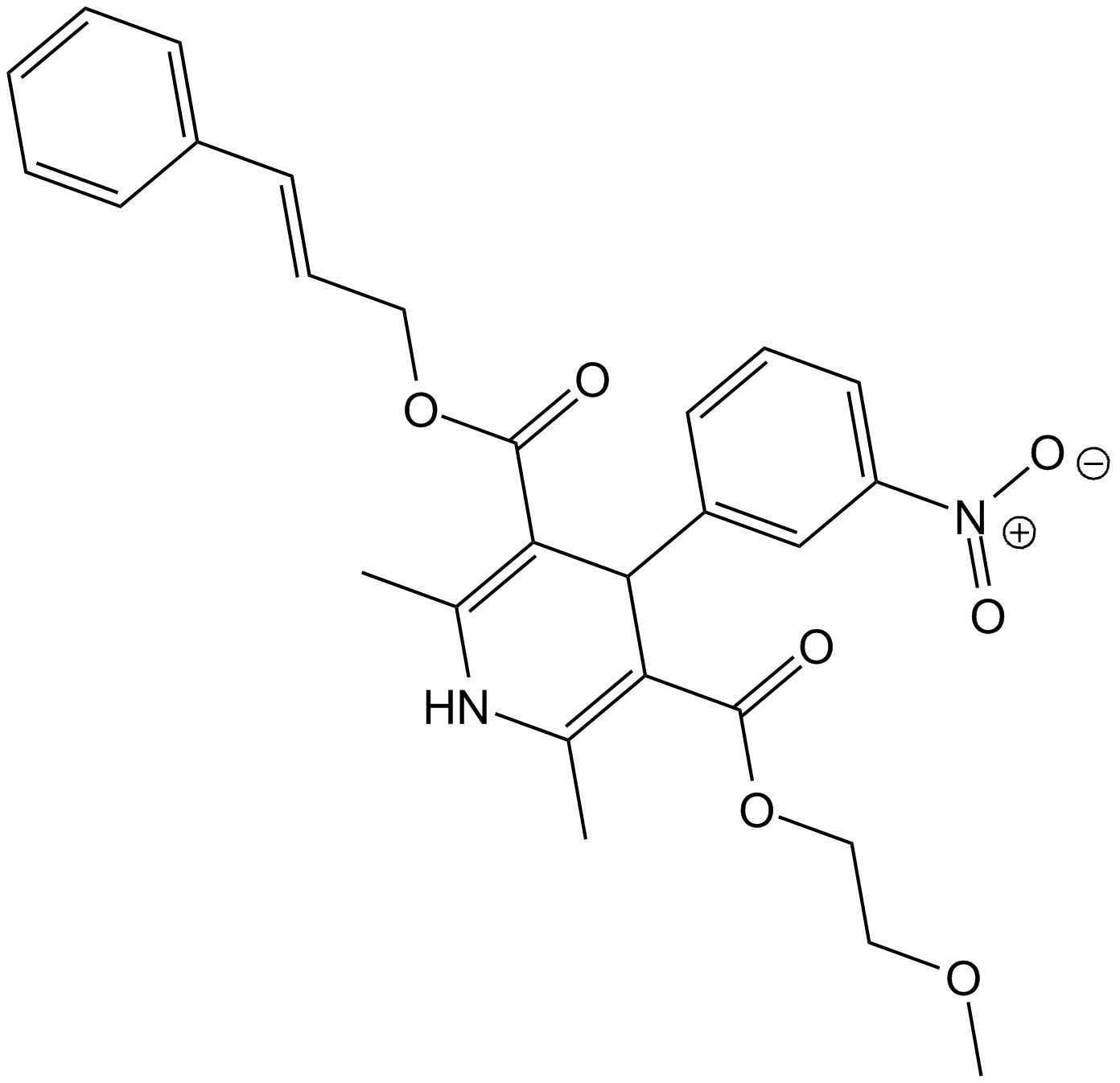 A1447 CilnidipineSummary: Blocker of Dual L- and N-type calcium channel
A1447 CilnidipineSummary: Blocker of Dual L- and N-type calcium channel -
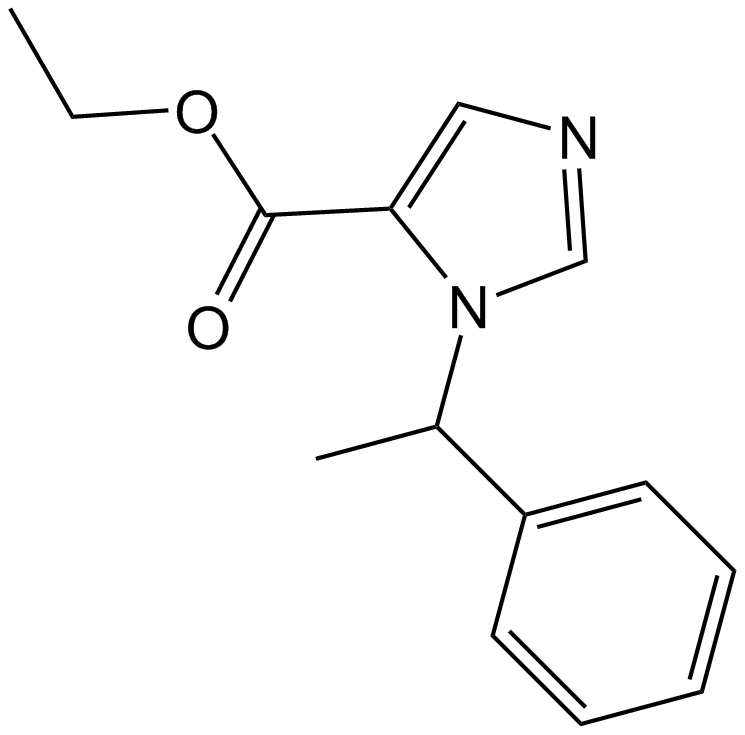 A1958 EtomidateTarget: GABAA ReceptorsSummary: General anesthetic with GABA modulatory and GABA-mimetic actions
A1958 EtomidateTarget: GABAA ReceptorsSummary: General anesthetic with GABA modulatory and GABA-mimetic actions -
 A1888 TRAM-34Target: Calcium-Activated Potassium (KCa) ChannelsSummary: KCa3.1 blocker,potent and highly selective
A1888 TRAM-34Target: Calcium-Activated Potassium (KCa) ChannelsSummary: KCa3.1 blocker,potent and highly selective -
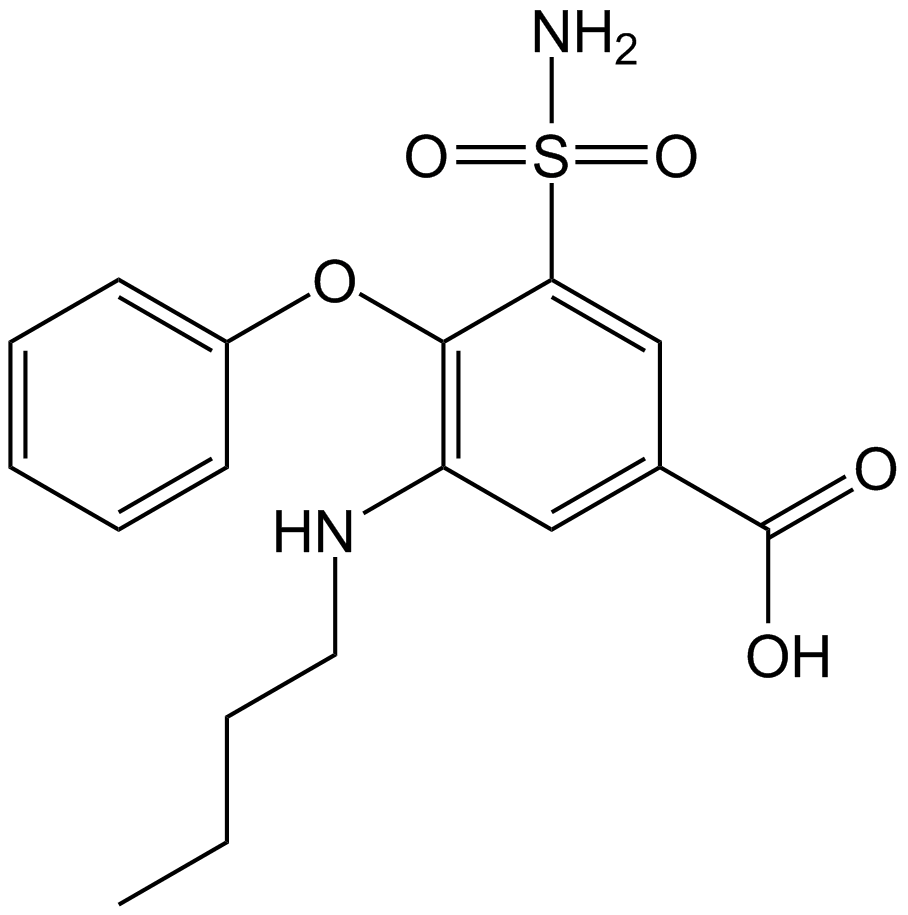 A1855 BumetanideTarget: Na /K /Cl- Symporters (NKCCs)Summary: NKCC cotransporter inhibitor
A1855 BumetanideTarget: Na /K /Cl- Symporters (NKCCs)Summary: NKCC cotransporter inhibitor -
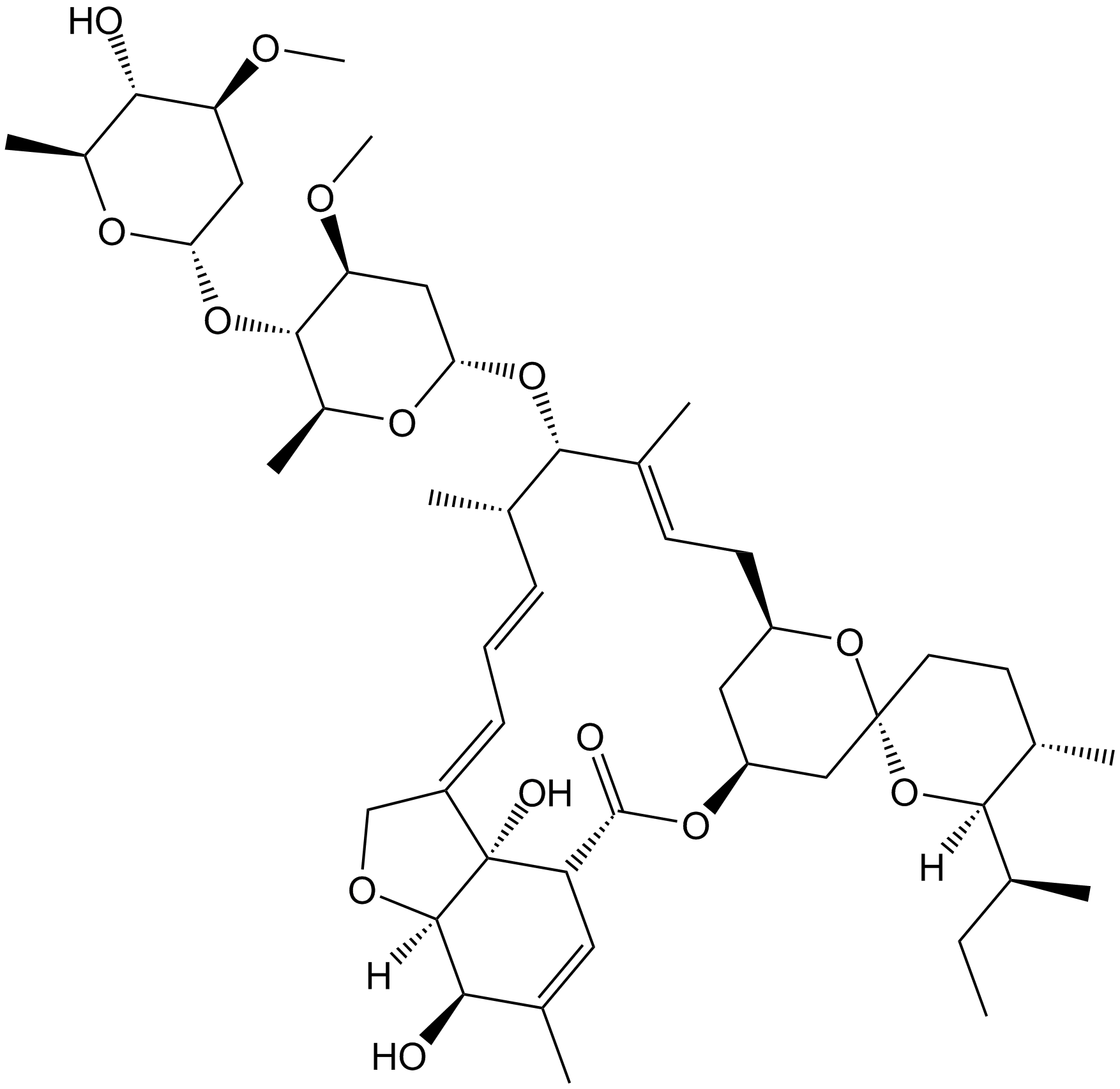 A2813 IvermectinSummary: NAChR/purinergic P2X4 receptor modulator
A2813 IvermectinSummary: NAChR/purinergic P2X4 receptor modulator -
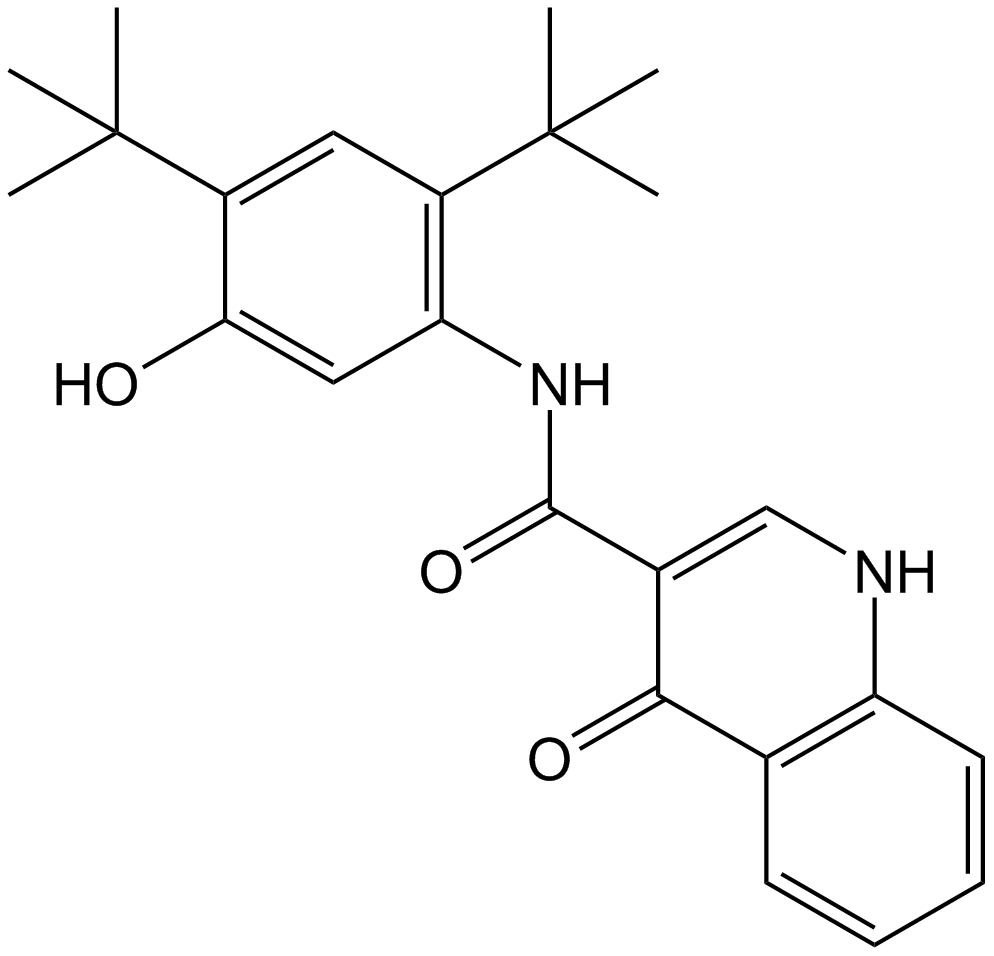 A5047 Ivacaftor (VX-770)1 CitationSummary: Potent CFTR potentiator
A5047 Ivacaftor (VX-770)1 CitationSummary: Potent CFTR potentiator -
 A1229 LansoprazoleSummary: H+,K+-ATPase inhibitor
A1229 LansoprazoleSummary: H+,K+-ATPase inhibitor -
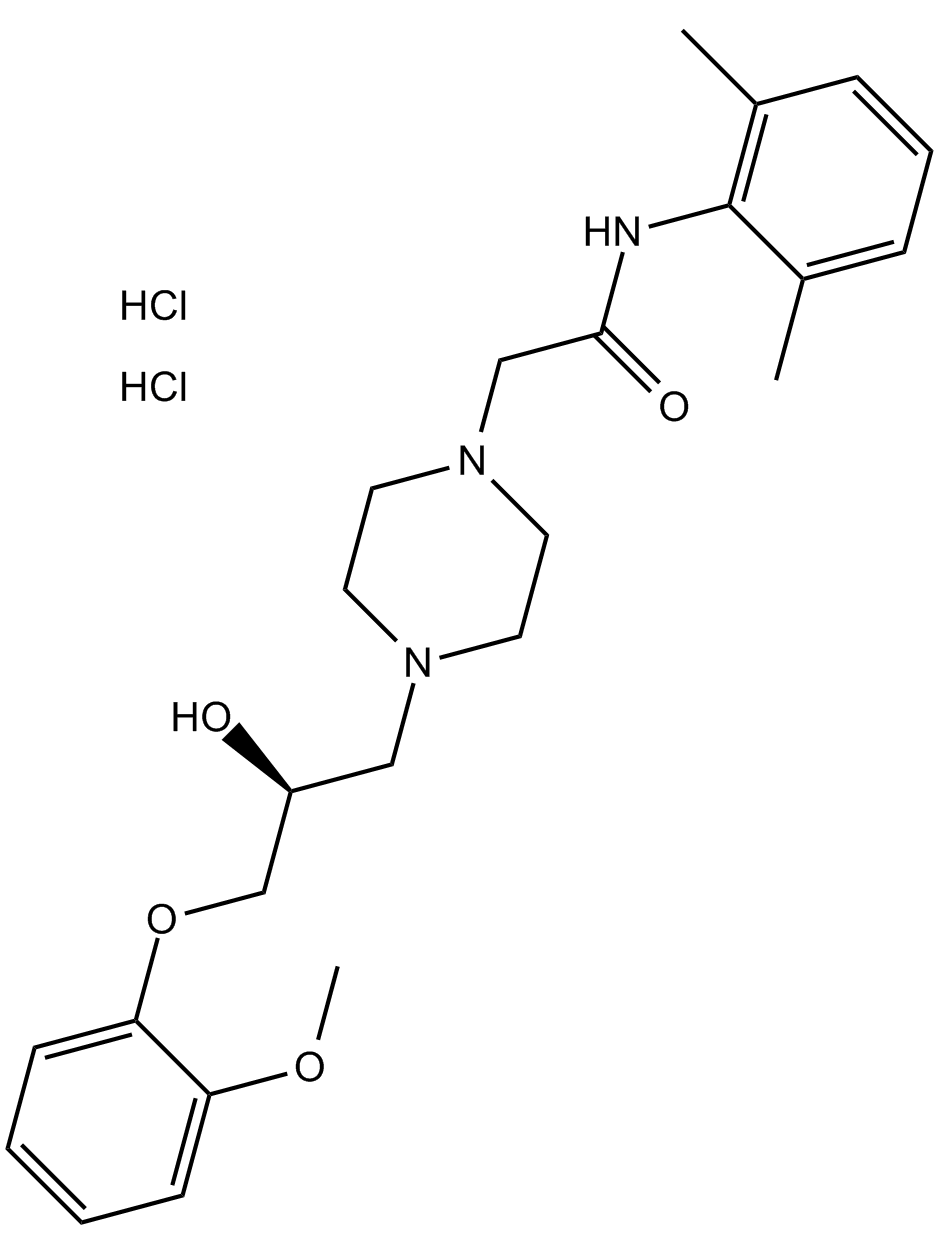 A5300 Ranolazine 2HClSummary: Partial fatty acid oxidation inhibitor
A5300 Ranolazine 2HClSummary: Partial fatty acid oxidation inhibitor

